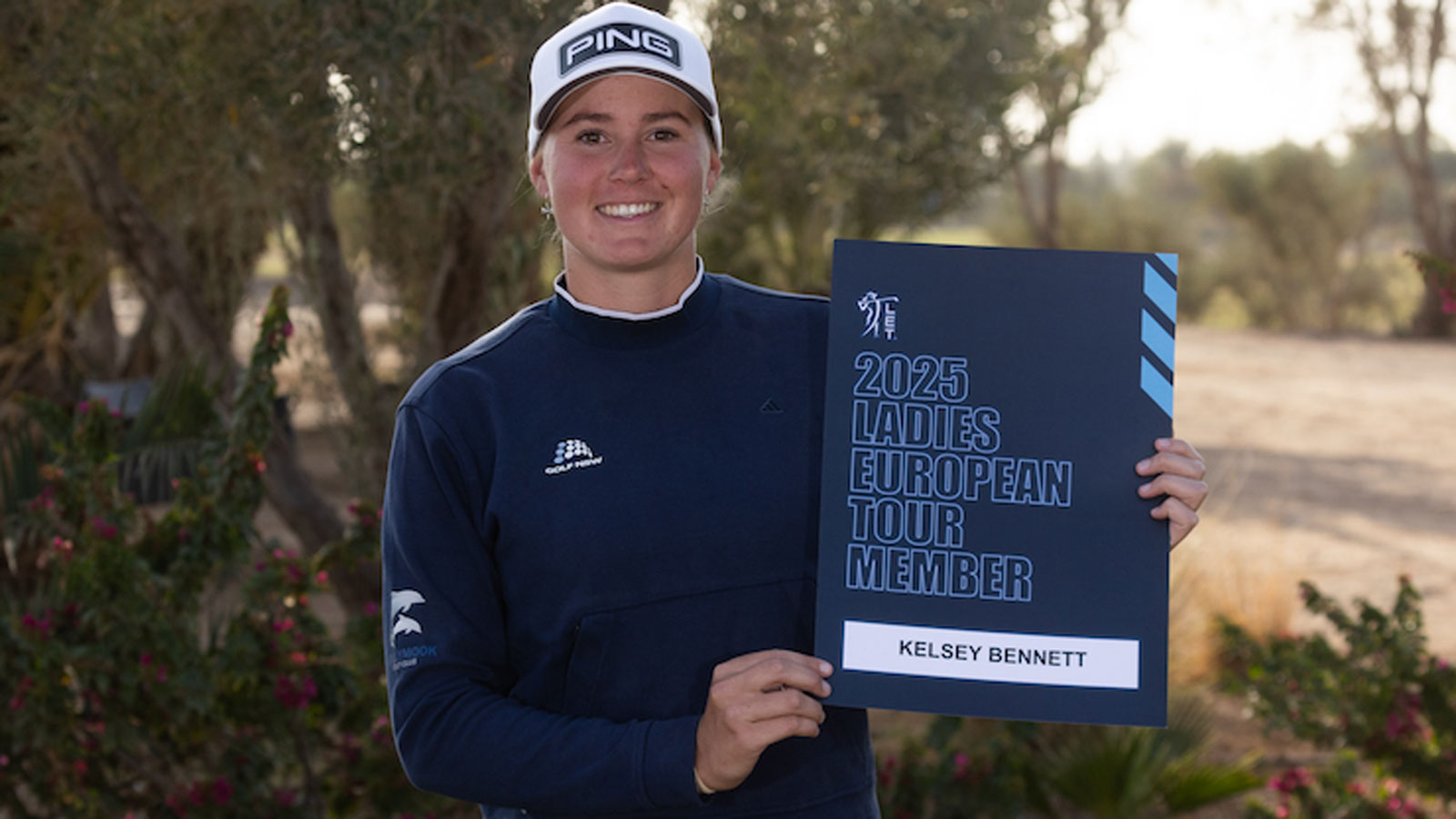Split The Fairway – Australian Golf Digest

- by Admin
- November 13, 2024
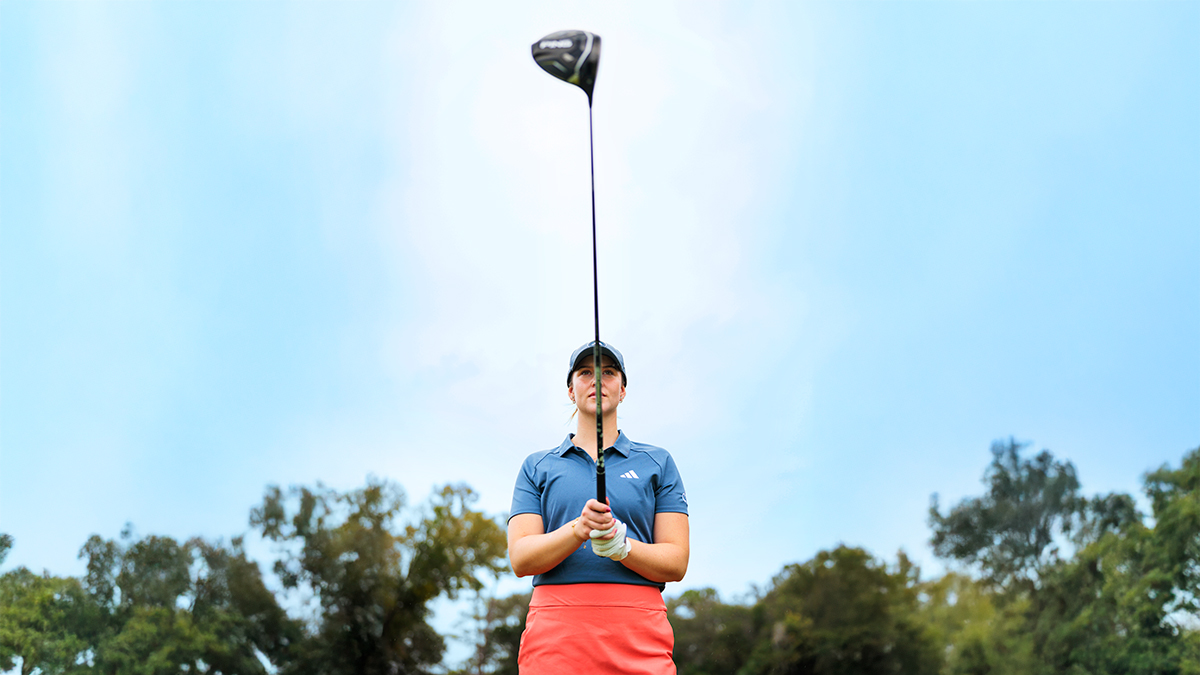
Do these three things if you want to drive the ball in play.
As a kid in Sweden, I loved hitting driver. My dad, who played professionally on the Swedish Golf and Senior tours, taught me the basic swing fundamentals, and I’d spend hours on the range trying to hit the ball as far as I could.
Learning how to swing the club fast was important to my development as a junior, but as I progressed through the amateur ranks to the Ladies European Tour and then the LPGA Tour, I found myself working less on speed and distance and more on accuracy. The more I played, the more I came to realise that while hitting it far is fun, hitting it straight is how you position yourself to make more birdies and pars and fewer bogeys.
In 2023, my first full season on the LPGA Tour, I ranked second in strokes gained/off the tee. A big reason was my ability to keep the ball in play – I hit nearly three-quarters of my fairways. Too many amateurs focus exclusively on how far they hit it, just as I did when I was a kid. But trust me, if you turn your attention to hitting more fairways and fewer bombs, your scores will improve much faster.
Here’s how to do that using three fundamentals I concentrate on when I absolutely have to hit the fairway, including how to aim consistently for success. Add these into your game and you, too, will see how much fun golf can be from the centre of the fairway.
Linn Grant captured her first LPGA Tour title in 2023 at the Dana Open. The 25-year-old also won three points for the European 2023 Solheim Cup team.
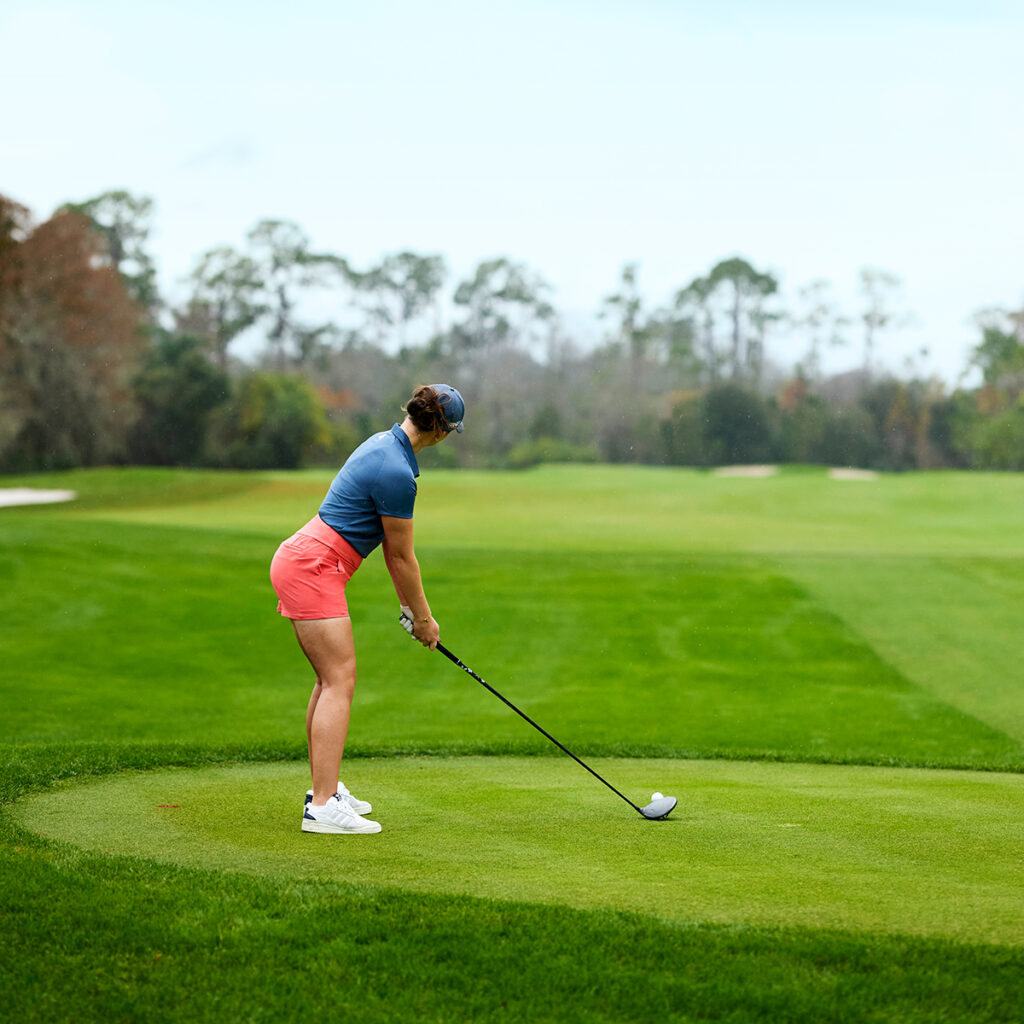
Pick a tiny target
I find that focusing on a very small, specific target heightens my awareness of it and increases my chances of hitting the fairway. First, I choose a tiny target in the distance – e.g. a bush or part of a tree – in line with where I want the ball to start. Using my driver shaft, I then trace a line from this spot all the way back to the ball [photo on previous page]. This helps me identify an intermediate target a short distance in front of me – such as a leaf or broken tee – which makes it easier to align my clubface and body [photos above]. There’s no clutter. When I look up, I no longer see a fairway, I see only my target.
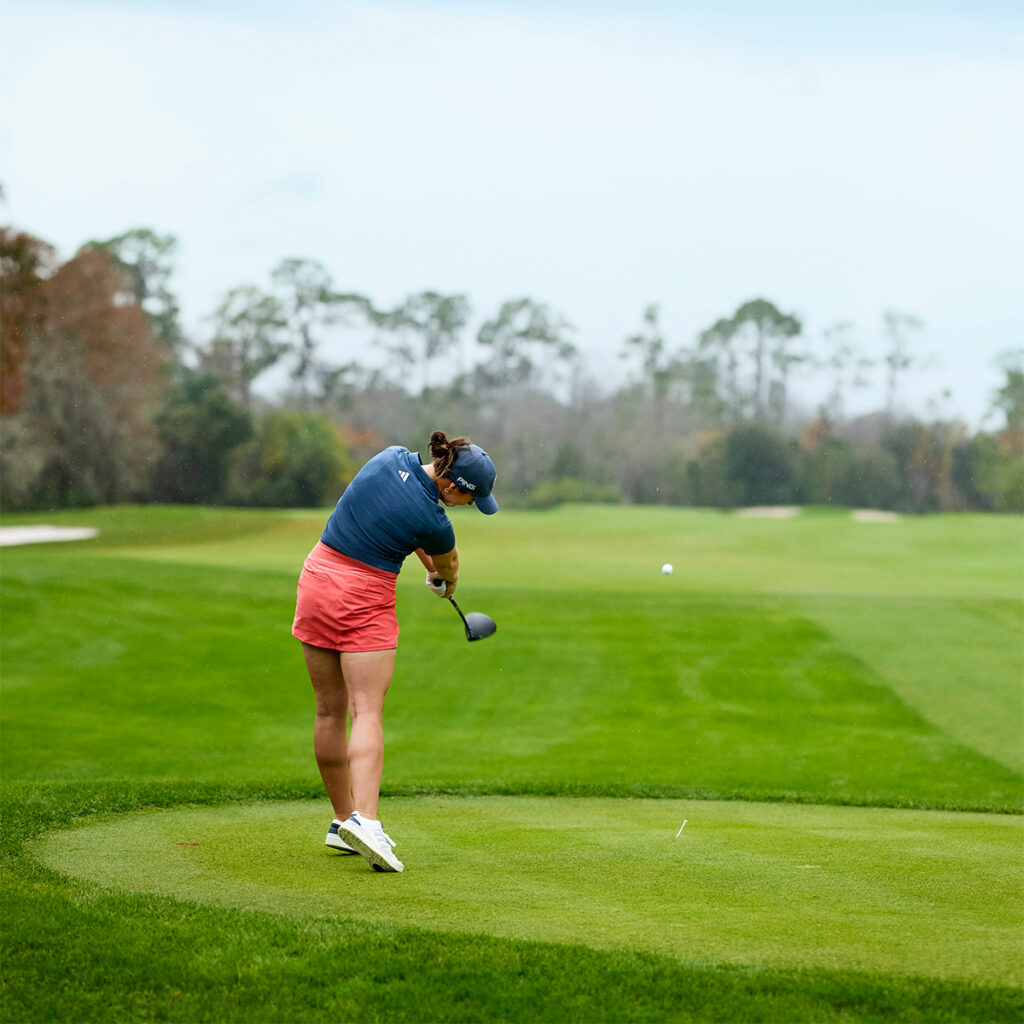
Follow the body
Whenever my swing gets off, I know to slow down my transition. This helps me get back to the proper sequencing of movement on the downswing, which is critical to making solid contact. My lower body is what initiates the downswing, not the arms and shoulders – which is what happens if I rush things. As my weight transfers forward, my hips rotate through so that my body is already facing the target at impact [above]. My shoulders are just now squaring up to the target and have yet to catch my hips. That’s big: the arms follow the body and not vice versa. Key in on this transition thought and you’ll not only hit it straighter, you’ll hit it further, too.

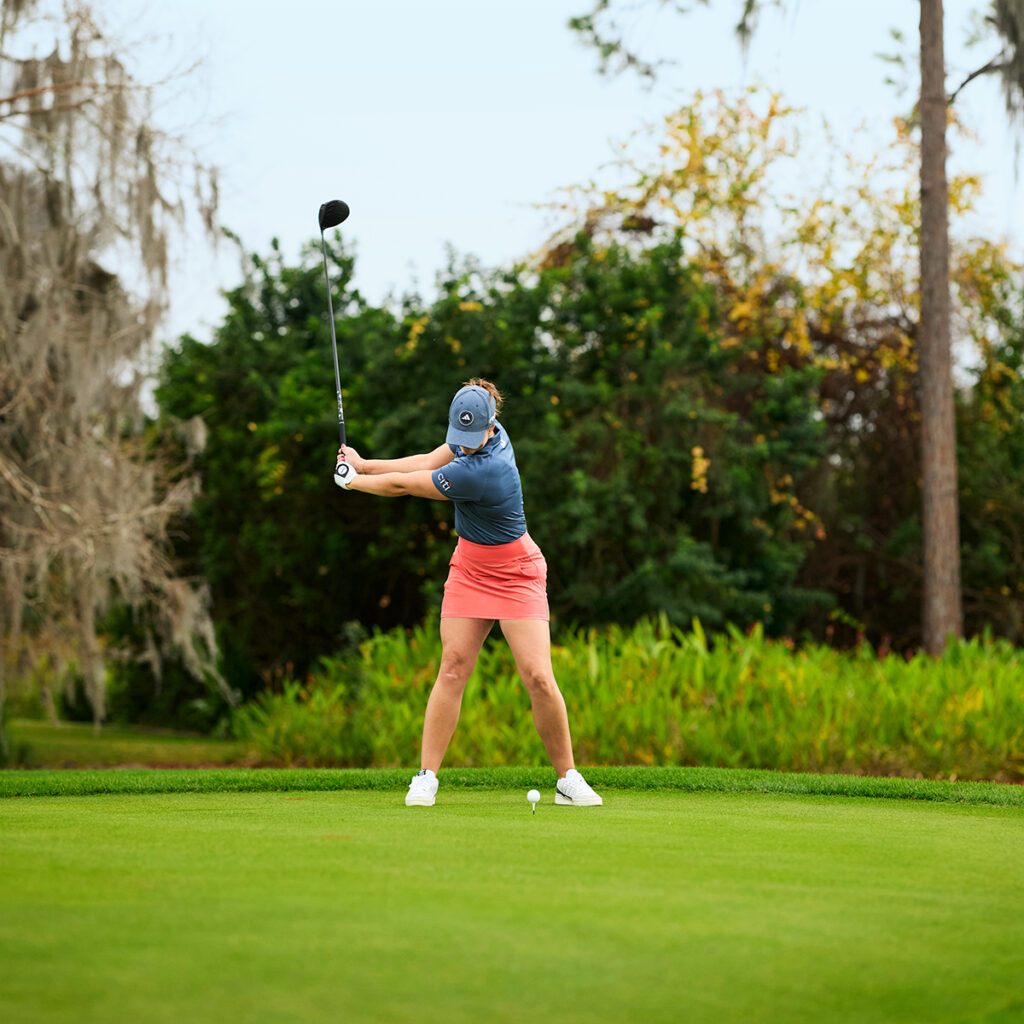
Big muscles take control
Outside of hinging my wrists halfway back, my hands play no role in the backswing. My shoulders initiate the motion, because with these large muscles in control, it’s much easier to swing the club back on the desired path. I also rely on the big muscles in my legs – my quads and glutes – to keep me centred over the ball [photos above]. By feeling a strong connection to the ground in this athletic, squat-like stance, I’m able to rotate back instead of swaying, a mistake I see a lot of amateurs make. If you stay centred over the ball, you’re more likely to stay on plane and deliver a square clubface into the ball.
Photos by jensen larson
The Latest News
-
December 24, 2024Letters reveal The Don’s struggles with fame, eye for talent and fears for cricket’s future
-
December 23, 2024‘Puts golf on the map here’: Ryan Fox praises Rory McIlroy visiting New Zealand’s Tara Iti, Te Arai – Australian Golf Digest
-
December 23, 2024Freedom Boat Club Announces its 10th Australian Location with its Newest Location Offering Direct Access to the Iconic Brisbane River – Marine Business News
-
December 23, 2024Highfield and Australian Sailing team up in RIB support – Marine Business News
-
December 23, 2024‘I felt horrible’: How Brett Lee went from an ill-fated threat to Test stardom in four balls

